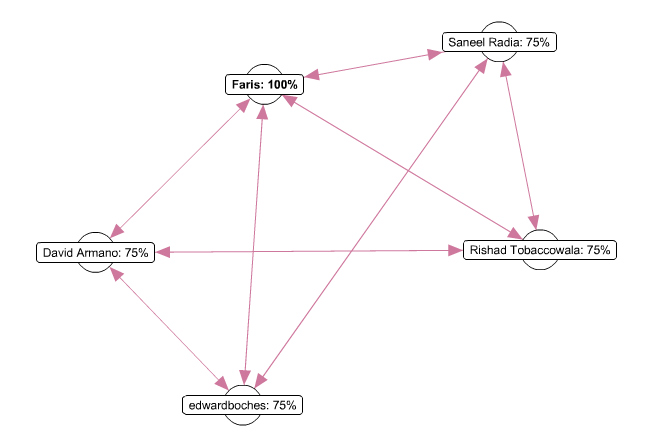Featured Blogger: Sara Ost of EcoSalon
by Paige WilcoxTuesday, May 3rd, 2011
According to its “About” page, “EcoSalon is the conscious culture and fashion website.” Publisher and Editor, Sara Ost lives and works in the San Francisco Bay Area, where she pries herself away from her laptop and EcoSalon just often enough to check out the latest restaurants and hike in the beautiful hills of Marin. She was educated at Pepperdine University and is originally from the Seattle area. Sara and the rest of the Ecosalon crew can be found on Twitter where they are followed by a range of eco-friendly organizations from @WWF to @MotherEarthNews, and on Facebook where they post updates and host contests.
Q: How did you decide on the name for EcoSalon? Could you elaborate on the meaning behind the site’s motto “Have a Heart”?
A: The name credit goes to a flash of brilliance from one of our founders. You know immediately what the perspective will be (“eco”) and the retro concept of an intellectual gathering (“salon”).
“Have a heart” is about living consciously, fearlessly and fully. We believe green will not go mainstream unless we start with the heart. All the problems we face, from social to economic to environmental woes, will only be resolved when we live in a more conscious way. This doesn’t mean touchy-feely or warm-fuzzy. Having a heart takes courage.
Q: Were there any unexpected joys or pains you experienced when you started blogging?
A: Oh, yes, lots. Pains I didn’t expect: the literal physical pain in my hands from very long hours at the laptop. New media is relentless – you don’t put the edition to bed and go to bed, too, you work nonstop and the goalposts are always moving. For me that’s thrilling, but it can also lend itself to things like constantly apologizing to your friend for not returning her phone call…for a week! There are irreplaceable joys, as well. I’ve had the great fortune of becoming connected to so many talented and good people, personally and professionally, who inspire and push me. Blogging creates an ecosystem of ideas, competition, collaboration and creativity that is breathtaking at times. (more…)








